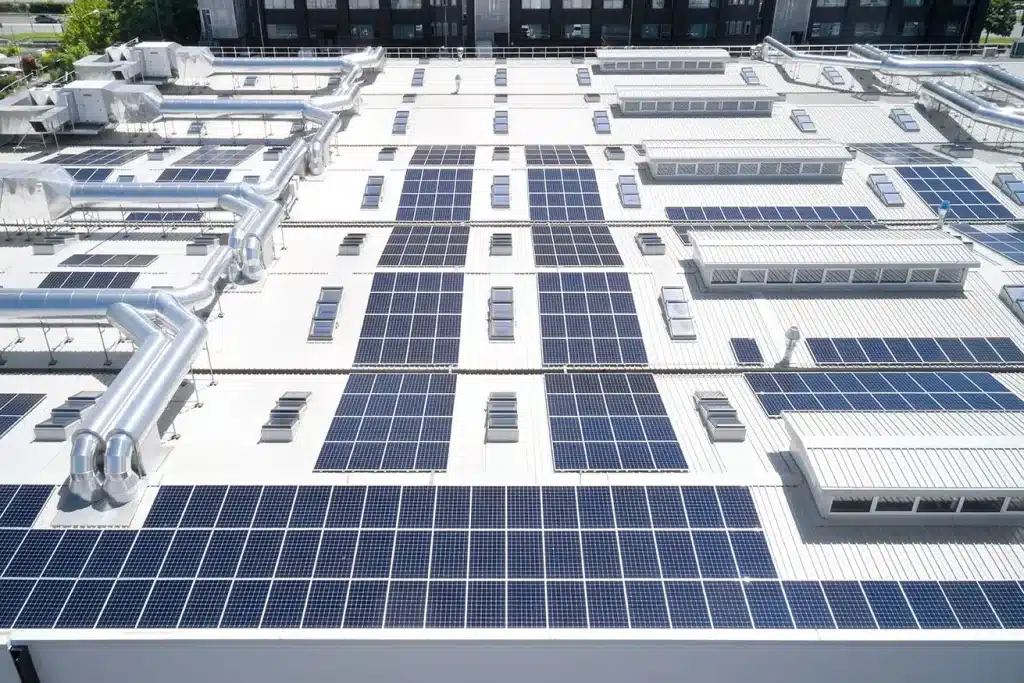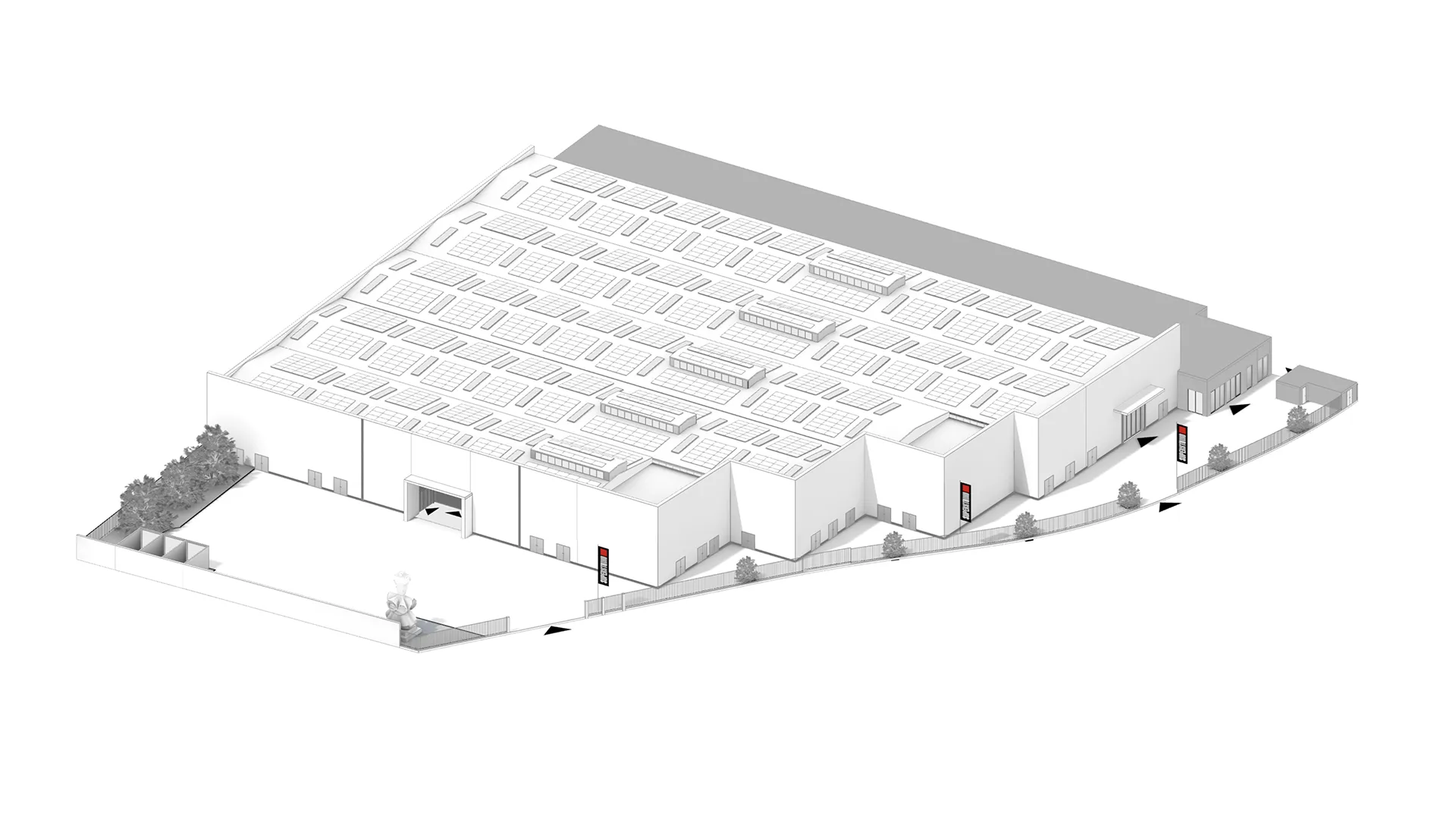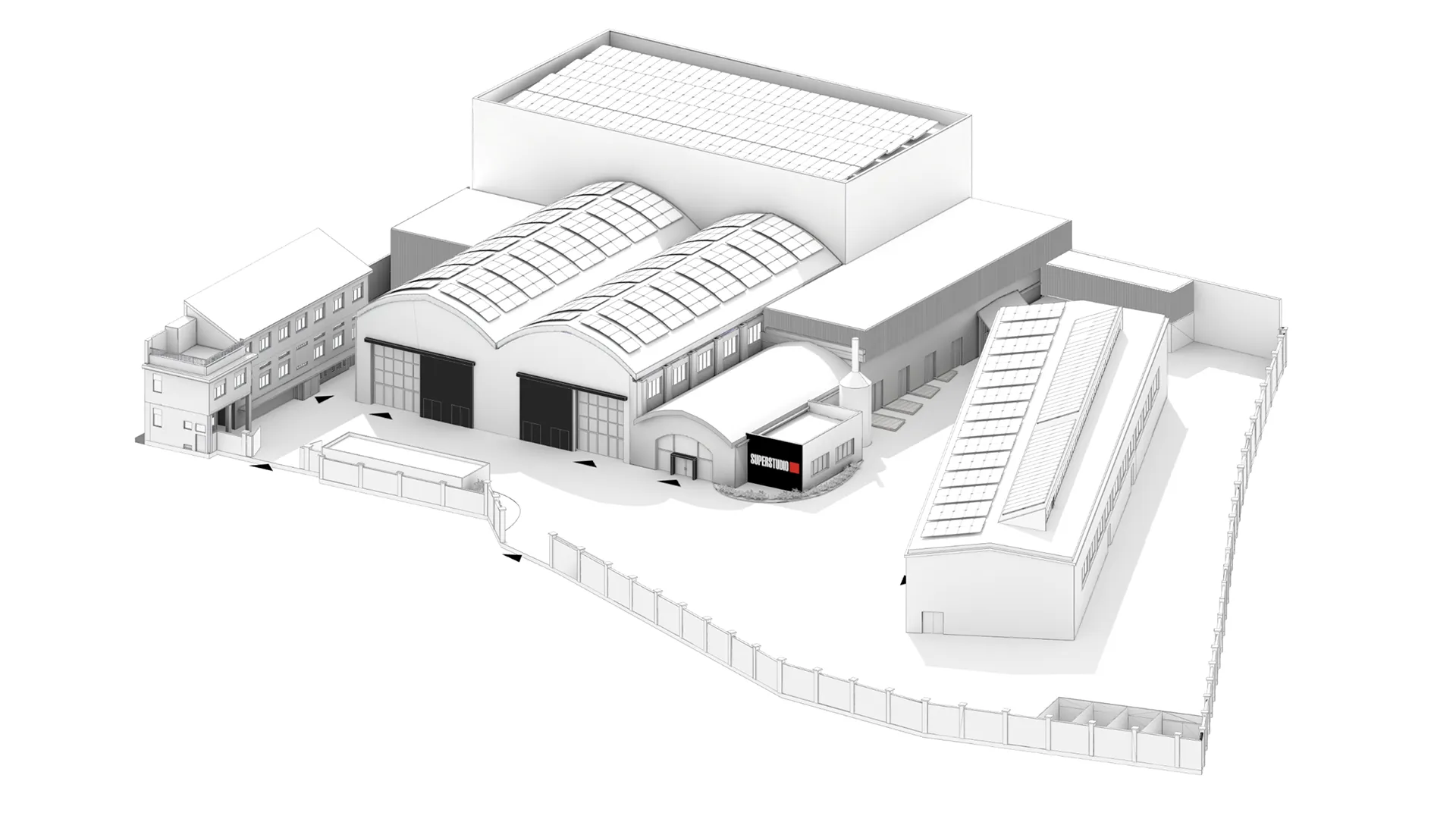Sustainability has become a priority for many companies. On one hand, we are all called to do our part to protect the environment; on the other, sustainability represents a significant competitive differentiator. Respecting this principle enhances a company's reputation among customers and stakeholders, who are increasingly attentive to the environmental policies of the organizations they choose to engage with. This is equally true in theevent planning sector: which—while creating valuable moments of connection and positive impact on local areas—can also have negative environmental consequences.
In this article, we’ll explore 9 practical tips to help reduce the negative effects of events, such as waste generation, pollution, and energy consumption.
What's the meaning of "sustainable event"
Before diving into the practical tips, it’s important to understand what we mean by a sustainable event. According to theUnited Nations Environment Programme (2009), an event is considered sustainable when it is: "Designed, planned, and carried out in a way that minimizes negative environmental impacts andleaves a positive legacy for the host community.”
In reality, it is difficult—if not impossible—to completely eliminate all environmental impacts. Think, for example, of the travel required for attendees to reach the venue or the waste inevitably produced during the event. While achieving“zero impact”may still be a mission impossible, it is absolutely possible to significantly reduce the environmental footprint of an event. Let’s explore how.

Why realize a sustainable event?
For companies across all industries, organizing sustainable events has become a priority for at least three key reasons.First, because sustainability has become a shared responsibility among businesses of all sizes and sectors—driven in part by the United Nations'call for companies to take an active role in addressing the global climate crisis. The UN has urged companies to commit to the17 Sustainable Development Goalsoutlined in the 2030 Agenda. Second, today’s consumers are increasingly aware and selective, favoring brands that demonstrate a strong commitment to environmental responsibility. Third, adopting sustainable practices can also lead to cost savings , as more efficient resource use can reduce expenses. Moreover, in some regions, sustainable events may benefit from tax incentives and government support..
In short, organizing sustainable events, whether they are conventions, trade fairs, concerts, or fashion shows, is beneficial from every perspective. But how do you organize a sustainable event? In simple terms, you need to implement specific actions to reduce the environmental impact of your event. In this article you'll see:
- What we mean by “sustainable events”
- The 9 key areas of environmental impact
- Practical strategies to minimize these effects
- The types of certifications available to validate your event’s sustainability
The 9 key areas to reduce a trade show’s environmental impact
To organize a sustainable event, you must work to mitigate its environmental impacts, which typically include consumption of resources and of energy, high waste production and and air pollution atmosferico.
Every aspect of event planning has a direct or indirect environmental footprint—from the venue to the setup, to transportation logistics. These are the areas where targeted action is most effective.
Here are the 9 main focus areas for organizing a more sustainable event:
- Venue selection
- Reduction of energy consumption
- Mobility management
- Supplier selection
- Catering and food options
- Staging and material choices
- Noise control
- Soil and environmental protection
- Communication and awareness-raising
Venue selection
The venue can significantly influence the sustainability of an event, as some spaces allow for higher environmental performance and greater energy efficiency than others. It is therefore advisable to choose venues specifically designed or renovated to minimize environmental impact.For example, the venues operated by Superstudio Events, are located in repurposed industrial buildings, thoughtfully redeveloped to give them back to the city with a more sustainable purpose.
In general, an ideal sustainable venue should:
- be well connected with public transportation
- ensure high environmental performance, certified by certifications such as ISO 20121 and LEED (as obtained, for example, by Superstudio Events)
- Allow for maximum use of natural light luce naturale
- ensure the correct management of waste separation
- Using eco-friendly cleaning products in common areas and restrooms
Reduction of energy consumption
The issue of consumption is partly linked to the choice of venue, as preferring a space that ensures high energy performance helps drastically reduce consumption. Not only that, there are other measures that can be implemented, such as:
- Using of energy from renewable sources
- Using of low-consumption electronic devices (for example, monitors, projectors, and LED screens)
- measuring consumption through smart software (at Superstudio Events we use them to monitor the air conditioning system and electrical installations, in order to reduce waste and detect any anomalies)
Mobility management
Mobility is always one of the most critical aspects when it comes to sustainability, because the means of transportation used by participants to reach the venue are responsible for much of the event’s emissions. Unfortunately, it is also the most difficult aspect to manage, as the event organizer cannot directly control the participants’ choices. However, there are some actions that can be taken to reduce its impact:
- Encourage the public to use public transport or low environmental impact vehicles
- Provide shuttles (preferably electric) from the station/airport to the event venue
- Consider organizing hybrid events (also broadcast via webinar) to allow remote participants to attend online
- Facilitate carpooling among participants
Supplier selection
Another important step in organizing an event is choosing suppliers. From those managing audio and video systems to those producing gadgets, every supplier can make a difference and together, they can help create a truly sustainable event. Here are some solution that can be adopted:
- Prefer local suppliers
- Request certifications about safety and sustainability
- Choose gadgets, setups, etc. made with eco-friendly, reusable, and plastic-free materials
- Request the use of low-emission transport vehicles for moving event materials
Catering and food options
Among all the suppliers, the one responsible for catering services certainly deserves special mention, because beyond the factors mentioned above, the choice of food and beverages also impacts the environment. Here too, there are several actions that can make a real difference:
- Choose local caterings
- Prefer local and seasonal products
- prefer food and beverage that are organic and fair trade
- Choose a catering service that uses washable dishware or, if disposable, made of biodegradable materials
- Prefer tap water served in glass jugs to avoid using plastic bottles
- Choose a certified supplierthat guarantees waste reduction and surplus food management
- Donate any surplus food to charitable organizations by participating in food recovery projects, such as FoodforGood
Staging and material choices
Now let’s move on to setup and decoration choices. Here too, the golden rule is to avoid waste and recycle as much as possible. In particular, it is recommended to:
- Prefer reuse and recycling of materials, for example by using furniture already available at the venue
- Request sustainability certifications for the materials used
- If the use of new materials is unavoidable, consider donating them after the event
Noise control
Noise pollution should not be underestimated. Experts consider 40 decibels as the threshold for protecting hearing health and advise not to exceed 55 decibels.
In cases where high volume is expected, it is advisable to inform participants about potential hearing risks and provide them with hearing protection devices.
There are also some actions that can be implemented to minimize noise pollution, such as:
- Using sound-absorbing panels
- If the event takes place outdoors, or even partially outside, it is possible to usesound-absorbing asphalt and set place plants and trees nearby, to help buffer the noise
Soil and environmental protection
If the event takes place outdoors, even partially, it is important to consider how to protect the soil to prevent damage and ensure proper preservation.
Some precautions in this regard include:
- la Marking off protected or sensitive areas to prevent access by the general public
- Allocating a specific budget to cover potential soil damage that may be caused by weather conditions. For example, during an outdoor event, a strong wind could cause a large object to fall and damage the ground.
Communication and awareness-raising
Whatever type of event we are organizing, planning an effective communication strategy is essential. It’s important to raise awareness, meaning we must engage both partners and participants, encouraging them to actively adopt sustainable behaviors.
According to data from Ipsos and Confindustria, 7 out of 10 Italians reward companies that offer sustainable products or services. However, more than 70% of Italians also admit they struggle to identify truly sustainable businesses. This highlights the need to place greater emphasis on communication, which serves as a vital bridge between the company and the individual.
Therefore, focusing on sustainable communication becomes a key element in contributing to environmental protection.
How can we concretely reduce the environmental impact of our events?
Here are some actions that can be implemented:
- Raise awareness among suppliers, sponsors, and partners
- Inform the public about your sustainability choices and the certifications obtained
- Encourage participants to reflect on the impact and legacy of their presence at the event, prompting them to make more sustainable choices
- Prefer digital formats over printed materials for sharing event-related information
Measuring event sustainability
Once all these measures are in place, how can we assess whether—and to what extent—our event is actually more sustainable? There are specific protocols that allow for monitoring and certifying environmental impact. Moreover, once emissions have been measured, it’s also possible to offset them, for instance, by purchasing carbon credits through verified carbon-offset programs aimed at reducing or removing greenhouse gas emissions, such as local reforestation projects.
Although these tools may involve short-term costs, they are essential to demonstrate your sustainability commitment clearly and credibly. In addition, they can enhance the event’s reputation and help attract a more conscious audience. There are different types of tools available, generally categorized into certifications and labels. Labels can be: mandatory (e.g., energy labels for household appliances) or voluntary (applied to goods or services, depending on the company’s decision to certify them).
For example, Superstudio Events has obtained three sustainability certifications for two of its venues (Superstudio Più and Superstudio Maxi):
Additionally, Superstudio Events has signed a formal commitment document titled “Sustainable Development Policy,” through which it pledges to:
- Implement procedures to verify sustainable management practices
- Choose “SMART” measurement tools (Specific, Measurable, Achievable, Realistic, and Time-bound)
- Involve all stakeholders on sustainability topics
- Meet the continuous improvement requirements of the sustainable management system
If you're considering organizing a sustainable event and would like more details about the topics covered in this article, you can download our free sustainability guide. And if you're looking for an event space in Milan, Superstudio Events’ venues represent a guarantee of quality and commitment: Contact our consultants to learn more!



